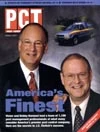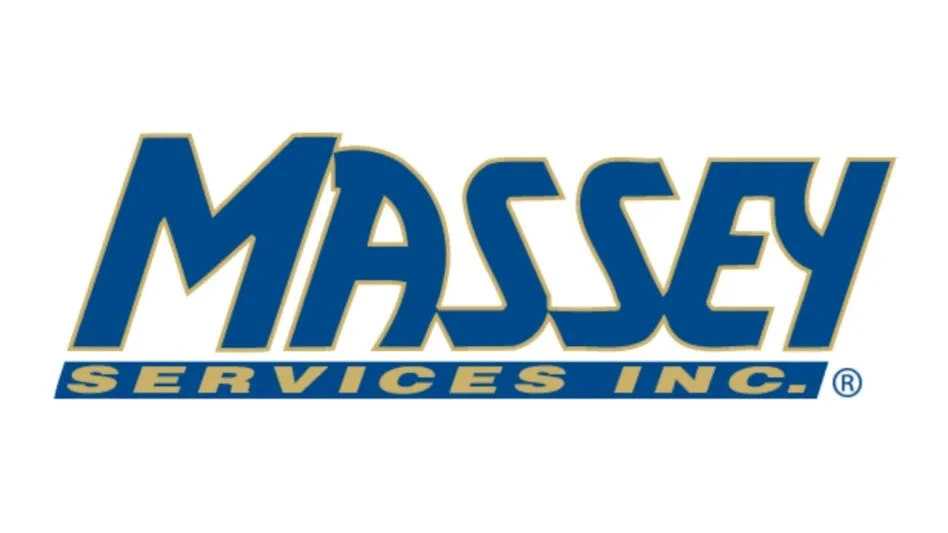While speaking to a group of 4th graders recently, one child raised her hand and asked "Can the pest control industry ever get rid of all the rats and mice in our city?" I answered, "Probably not." Another, more skeptical boy pressed, "Why not?" I looked at the teacher for help, but she gave me the same questioning look.
I stood there wondering if these future clients knew how insightful their question was. After an uncomfortable silence, I said that eliminating rats, mice and other health pests from our urban environments might in fact be possible, or that we might at least be able to "control" the populations to low and tolerable levels. But to achieve this would take more than the pest management industry alone putting out traps and/or poison baits. "Getting there," I said, "would take every person being mindful of their impact in the urban environment on a daily basis. And even so, we would still need the help of city health officials, sanitarians, pest management professionals, building custodians and various municipal employees. In other words, all of us working together — day in, day out," I said.
To that, a boy asked, "Why not hold a big meeting and invite all those people?" I told them that this is what a few cities do. But on the way home, I thought more about this idea and wondered, "Why aren’t there more city-specific pest meetings that include all critical players? And why not every year?"
THE NEED FOR SUMMITS. While it is true that the pest management industry has hundreds of outstanding meetings and conventions every year, few of our meetings are customized to fit the specific needs of local city health officials and municipality employees. Yet, relative to managing urban pests, the inclusion of these groups is essential. Every pest professional knows, for example, the critical role sanitation, clutter control and pest exclusion practices play in effective long-term urban pest management. Moreover, these IPM elements are most effectively implemented when communicated by both pest professionals and health and/or government officials on a recurring basis. Thus, "urban pest summits," which bring together pest professionals with health and city officials, can provide the vehicle needed to promote essential cooperation.
Some cities, thanks to certain pest management companies, know this and have been holding urban pest summits for some time now. For example, throughout the past 26 years in Chicago, Anderson Pest Control, working in conjunction with the North Suburban Chicago Health Council, coordinates and offers a full-day pest control update seminar designed to bring together city health officials, municipality professionals and pest professionals. The attendance of the Anderson Conference reaches upwards of 300 participants each year. (Coincidentally, Chicago also has one of the best municipal rat management programs in the U.S.)
Batzner Pest Management, in conjunction with the city of Milwaukee, has followed the Chicago model for seven years. The Batzner meeting attracts 200 attendees representing city health and municipality professionals, housing authorities, food-plant officials and others interested in urban pest management.
WHO SHOULD ATTEND? Consider that during the past five years, some large cities have publicly "declared war on rats" and at least two cities have launched "rat summits" held around a designated "rat prevention day." These summits are the vehicles for updating rodent management technology, re-charging involved parties and re-establishing communication channels among the public and the professionals involved in attempting to "eliminate" rats from the city.
Such urban pest summits also help to gain support from top local governments (e.g., keynote speeches from the mayor) and educating businesses and the public as to the importance of keeping our cities and neighborhoods clean. Planned media coverage educates the media, as well as facilitates the transfer of the information to the public.
Aside from the benefit urban pest summits provide to local communities, there are direct benefits to the local pest professionals. Consider the excellent exposure of the sponsoring company in the local media, not only from favorable public relations aspect, but from a potential business aspect as well.
ORGANIZING THE BIG DAY. For pest management companies organizing a pest summit, a few considerations are crucial. First, the primary target audience should be city public health and municipality professionals. As such, care needs to be taken when planning an urban pest summit.
For example, city health officials and municipality personnel have little need to sit through an update on termite control while they wait for a more applicable topic on the program. Many relevant topics to health or municipality professionals could fill a full day. For example:
• Controlling flies, cockroaches and
mice in food-serving facilities;
• Rat management campaign update;
• Urban pests as disease vectors (e.g., hantavirus, food poisoning, asthma);
• Mouse management for multi-family housing complexes;
• Urban wildlife management (bats, raccoons, squirrels, etc.) in buildings;
• The importance of sanitation and pest proofing in urban pest management;
• School and child care facility IPM programs.
HARD WORK PAYS OFF. Additionally, it takes time to plan successful meetings — typically, at least eight to 12 months in advance. Hotel meeting rooms have to be booked. Brochures and handouts have to be developed. Speakers and local political dignitaries need to be procured. Invitations need to be issued three to four months ahead with another two reminder cards issued as the meeting date approaches. Seminar fees ranging from $65 to $85 per attendee with discounts for groups and/or city health professionals are typical. And, lastly, state certification credits for pesticide applicators need to be applied for, sometimes as early as three months in advance.
This may seem like a lot of work, but the benefits to both the local community and to the sponsoring pest management company can be substantial. Moreover, if such a summit facilitated any city focusing for only one day on the message that managing important health pests in our cities is everyone’s responsibly, instead of just assuming the local pest professional has some "extra strength" bait or spray that simply make pests go away, then the pest summit will more than accomplish its goal.
Young people may be idealistic, but idealism has the power to move things forward. To restate the 4th graders’ question: Why not an annual urban pest summit in every city?
The author is president of RMC Pest Management Consulting and can be reached at rcorrigan@pctonline.com or 765/939-2829.

Explore the October 2001 Issue
Check out more from this issue and find your next story to read.
Latest from Pest Control Technology
- CAPMA Hosts 2025 Legislative Day in Sacramento
- Grizz Pest Management Bartends for a Cause
- Rose Pest Solutions Becomes Official Pest Provider of Chicago Fire FC
- WSPMA Hosts Legislative Day at Washington State Capitol
- A-1 Pest Control Marks 59 years in Business
- Hawaii PCO Shares Regulatory Challenges, Business Impacts from Lahaina Wildfires
- 5 Tips for Reducing Waste in the Office and in the Field
- OvoControl Now Available in Chile





